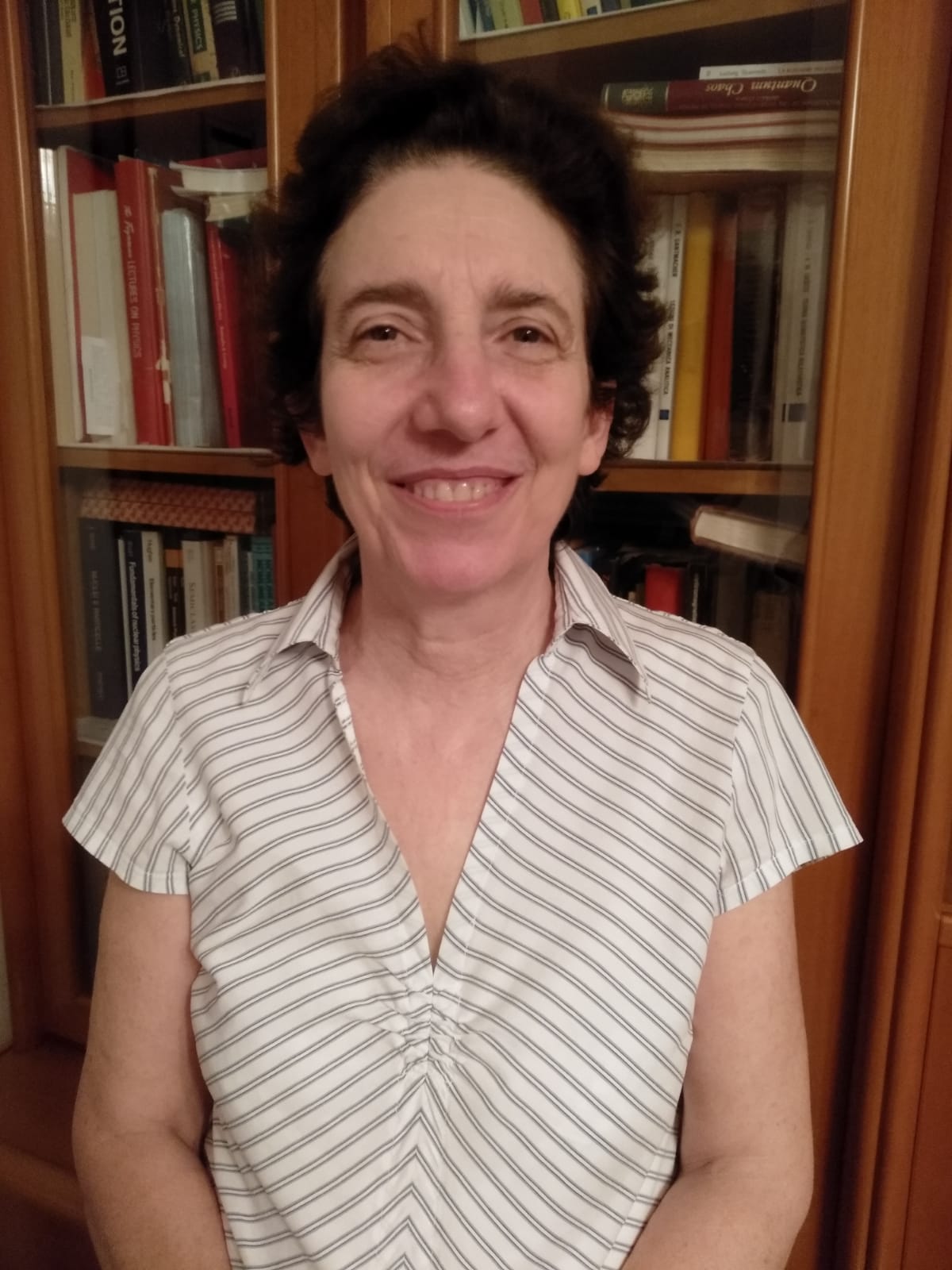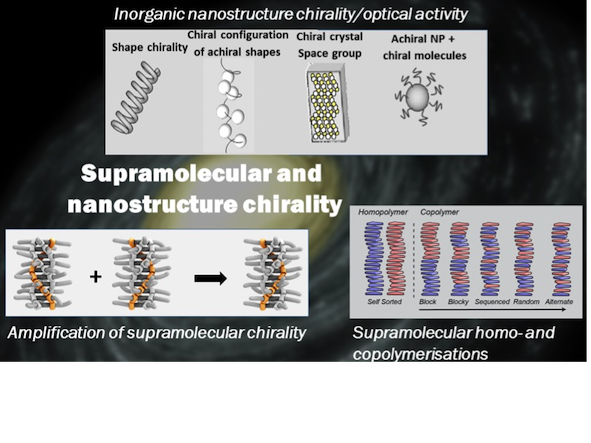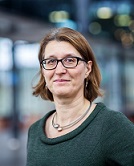
|
|
|
Programme > Short coursesShort courses Date : 2019 - Sunday, July 14thVenue : ENSEIRB-MATMECA, University of Bordeaux, Talence1: Chiroptical Spectroscopy Methods for Structural Analysis of Chiral Molecules Time : 10.00 - 12.30 This short course introduces the chiroptical spectroscopic methods and necessary practical details for their use in chiral molecular structure determination. The chiroptical methods that will be discussed in this short course include: Optical Rotatory Dispersion (ORD), Electronic Circular Dichroism (ECD), Circularly Polarized Luminescence (CPL), Vibrational Circular Dichroism (VCD), and Vibrational Raman Optical Activity (VROA). The experimental methods for chiroptical spectroscopic measurements will be described. Then the computational methods for analyzing the experimental data will be presented. While no one chiroptical spectroscopic method may be suitable for characterizing all types of chiral molecules, simultaneous use of multiple chiroptical spectroscopic methods can provide definitive advantages for broader applications. Information may be gained on excited electronic state properties from CPL analysis. Representative literature examples illustrating the applications of these methods will be given, along with references for recent literature review articles will be provided. Teachers : Giovanna LONGHI, University of Brescia, Italy Prasad POLAVARAPU, Vanderbilt University, USA
2. Materials Time : 13.30 - 16.00 This short course will deal with chirality issues present inorganic nanostructures and at the supramolecular level. The course will be split in two parts. In the first part, we will discuss the fascinating topic of amplification of supramolecular chirality. We will start by explaining the difference of the well known concept op amplification of chirality in asymmetric synthesis versus the concept of amplification of supramolecular chirality. Then we explain how the seminal work of Mark Green in amplification of chirality in dynamic helical polymers (sergeants-and-soldiers and Majority Rules experiments) were transferred to the world of supramolecular polymers. Here, we will also explain circular dichroism (CD) spectroscopy and why it is an indispensable tool to follow and probe both supramolecular polymerisations and amplification of chirality effects n these polymers. We will illustrate the use of mathematical models in describing supramolecular homo- and copolymerisations, and explain the differences between cooperative vs isodesmic polymerisations, how kinetic traps induce pathway complexity and competition, and also briefly show the importance of the solvent in these processes. In the second part, we focus on the optical activity of chiral nanostructures: plasmonic (noble metal) systems, quantum dots (semiconductor nanostructures), and their assemblies. We continue with nanostructures made of intrinsically chiral nanocrystals (chiral crystallographic space groups) and discuss the issues related to atomic scale vs. overall shape chirality and optical activity. We also discuss briefly preparation methods of the materials, and more the mechanisms leading to optical activity in the inorganic nanostructures and the chiroptical measurement techniques, such as CD and CPL, with special emphasis on problems that arise in chiroptical measurements of thin solid films and how they can be solved.
Teachers : Anja PALMANS, Eindhoven University of Technology Gil MARKOVICH, University of Tel Aviv, Israel The Netherlands
|






